Have you ever noticed how the New York City sky, even at night, shines with a certain eerie brightness? This effect, called skyglow, is actually due to light pollution caused by overly-lit, built-up areas just like our city. It often makes it difficult to see the stars clearly, but what if you could actually look up at the sky and have the opportunity to stargaze? In the 3-minute video above, SKYGLOW NYC blends the overwhelmingly light polluted city with the brilliant starry skies of the Grand Canyon and Death Valley National Parks into a mesmerizing vision of light and architecture. These superimposed images and timelapses should remind us of the beauty and significance of such starscapes, but also warn against the growing threat of light pollution.
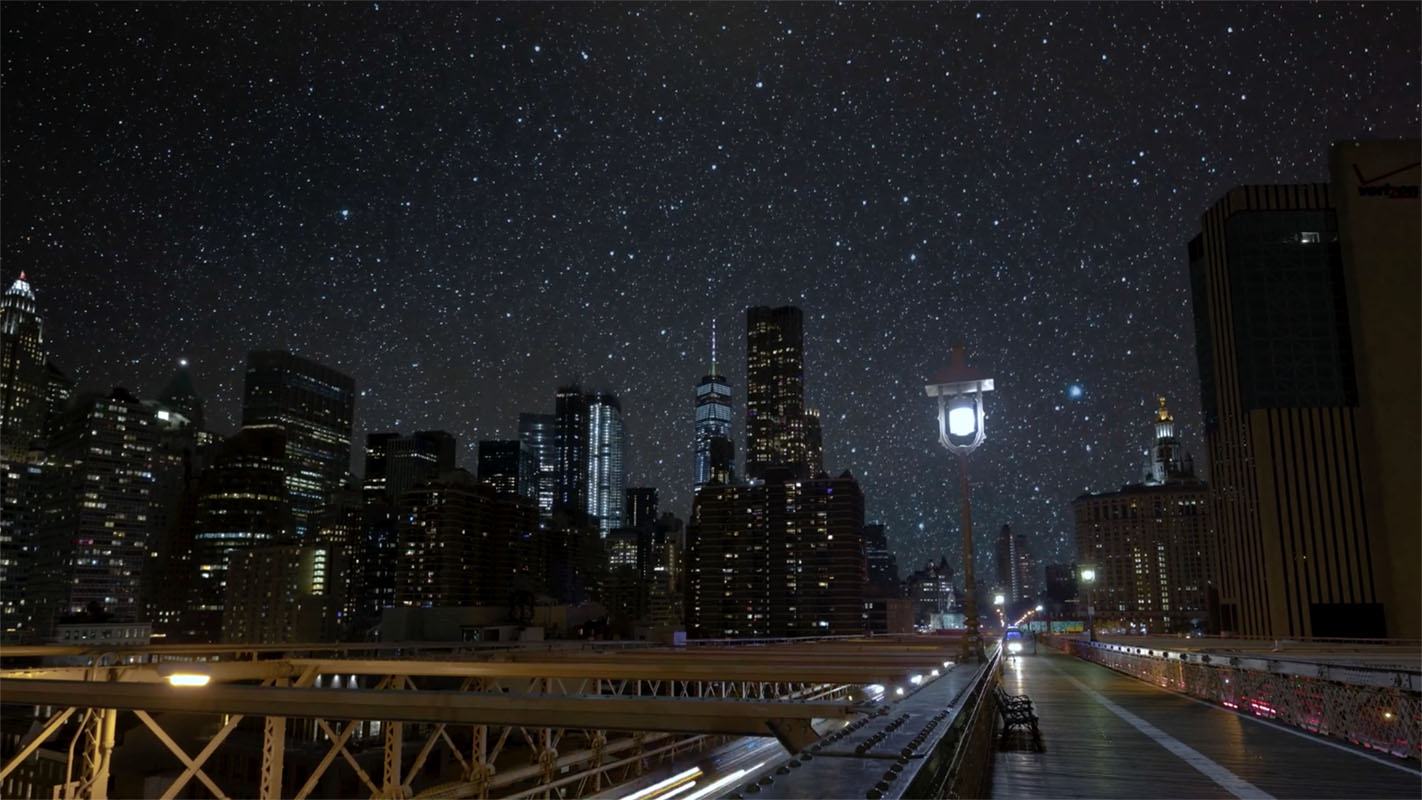 Image courtesy skyglowproject.com
Image courtesy skyglowproject.com
Created by photographer Harun Mehmedinovic and filmmaker Gavin Heffernan, The Skyglow Project is an attempt to bring awareness to the dangers of light pollution as well as offer resources for its resolution. In collaboration with the International Dark-Sky Association, Mehmedinovic and Heffernan have produced SKYGLOW, a photobook and “timelapse video series exploring North America’s remaining magnificent night skies and the grave threat of light pollution to our fragile environment.” Their SKYGLOW NYC video is an experimental timelapse which imagines the skies above New York City illuminated by both man-made lights and the natural starlight.
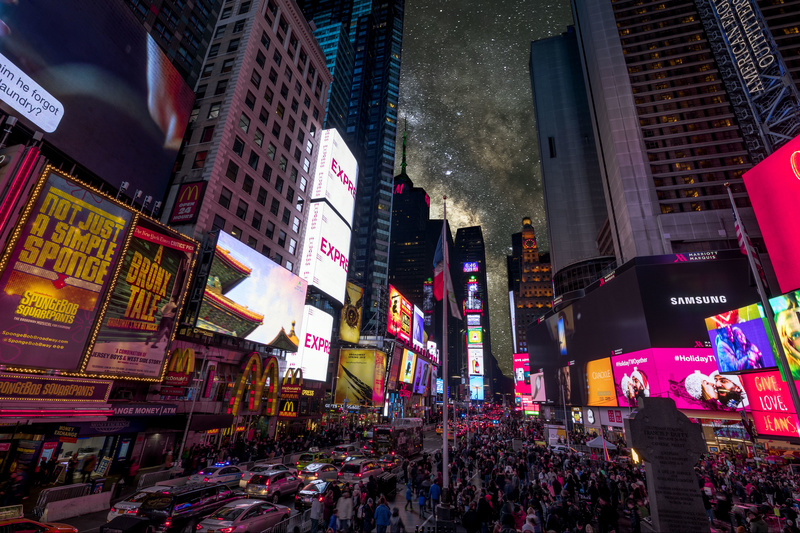 Image courtesy skyglowproject.com
Image courtesy skyglowproject.com
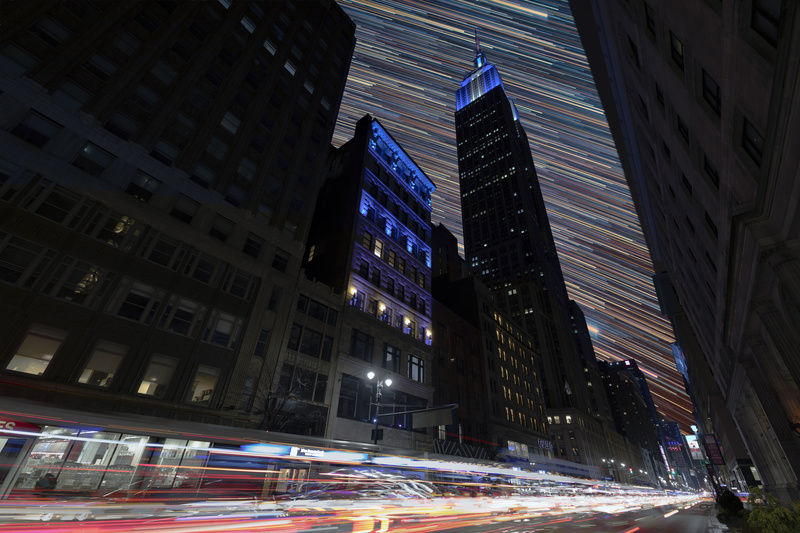 Image courtesy skyglowproject.com
Image courtesy skyglowproject.com
Far worse than just an unnaturally bright sky, light pollution has disastrous implications for the environment, namely problems for nocturnal wildlife and plant life, and health issues for humans and animals alike. Overtime, the number of dark sky spaces, such as the ones in the Grand Canyon and Death Valley International Dark-Sky Parks, have gradually decreased. Moreover, skyglow not only threatens beautiful starscapes, but entire ecosystems from migrating birds and sea turtle hatchlings to fireflies and other insects.
Yet as serious as this pollution is, according to The Skyglow Project and the International Dark-Sky Association, it is possibly one of the most easily remedied environmental issues. While it’s unlikely that we will ever be able to see the full expanse of stars over New York City, we can definitely do our part to reduce the amount of light pollution and wasted energy that negatively affects our environment. In recognition of this, join the International Dark-Sky Association in celebration of International Dark Sky Week starting Sunday, April 15th and culminating on Astronomy Day, Saturday, April 21st. Learn about the small, though impactful, measures that you can take to combat pollution and preserve the many facets of our ecosystem.
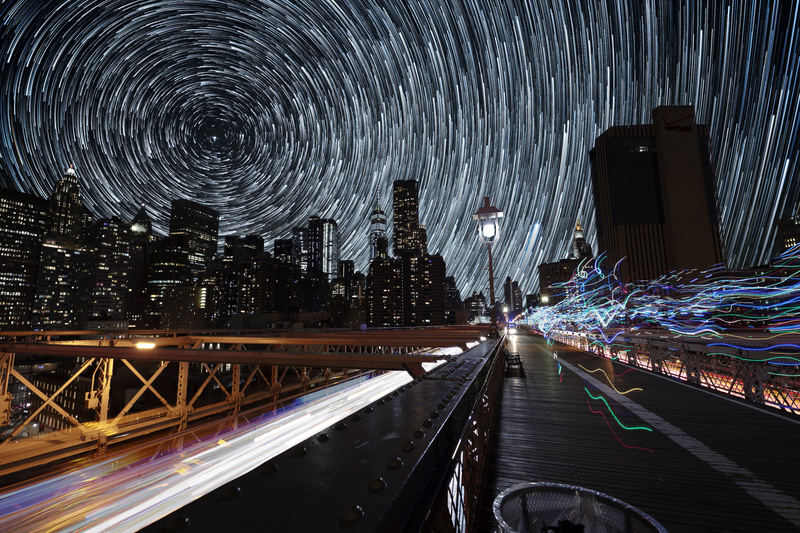 Image courtesy skyglowproject.com
Image courtesy skyglowproject.com
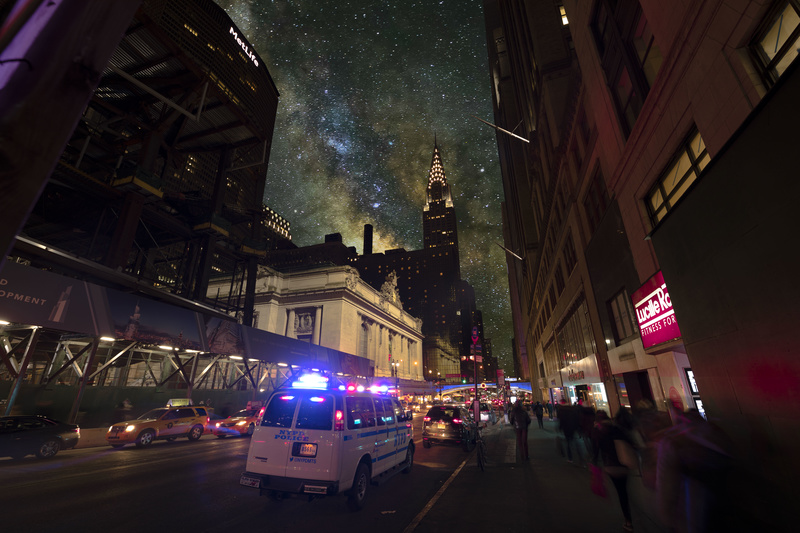 Image courtesy skyglowproject.com
Image courtesy skyglowproject.com
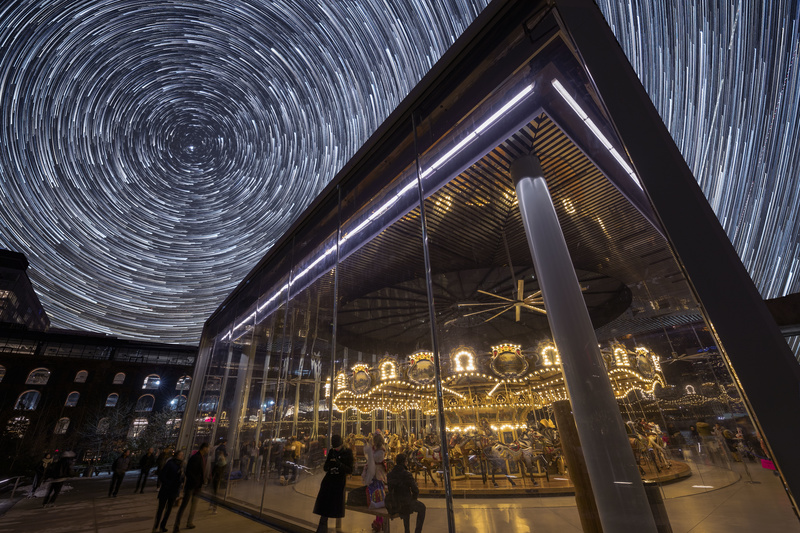 Image via skyglowproject.com
Image via skyglowproject.com
For more information on sustainability, environmental conversation, and eco-friendly changes in the city, check out our sustainability column and discover 10 Exciting Sustainability Initiatives in NYC.






